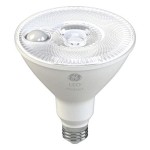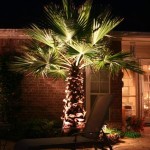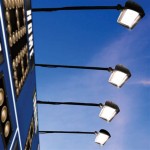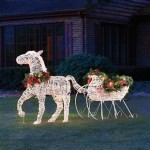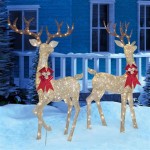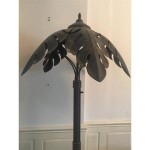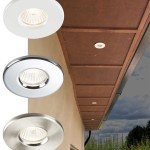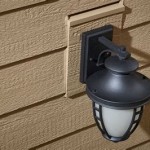Essential Aspects of Energy-Efficient Outdoor Lighting
Energy-efficient outdoor lighting is essential for reducing energy consumption, saving money, and minimizing environmental impact. To achieve these benefits, it's crucial to consider key aspects that contribute to the overall efficiency of outdoor lighting systems.
This article delves into the essential aspects of energy-efficient outdoor lighting, providing guidance on selecting the right fixtures, bulbs, and design strategies to optimize performance and reduce energy consumption.
1. Lighting Fixture Selection
The choice of lighting fixtures significantly impacts energy efficiency. Look for fixtures that are designed to maximize light output while minimizing energy consumption. Consider fixtures with reflectors or lenses that direct light downward, preventing light spillage and reducing glare.
2. LED Bulb Selection
LED bulbs are highly energy-efficient, lasting up to 50,000 hours and consuming up to 80% less energy than traditional bulbs. Choose high-lumen LED bulbs to ensure adequate brightness while reducing energy usage.
3. Color Temperature and CRI
Color temperature and CRI (Color Rendering Index) affect the appearance and energy efficiency of lighting. Opt for warm white or neutral white bulbs (2700K-4000K) with a high CRI (80+). These bulbs provide good color rendering and reduce energy consumption compared to cooler color temperatures.
4. Motion Sensors and Timers
Motion sensors and timers automate lighting, turning lights on only when necessary. Motion sensors detect movement and switch on lights for a set duration, saving energy by preventing unnecessary illumination. Timers allow you to set specific times for lights to turn on and off, ensuring lighting is only used during desired hours.
5. Task-Specific Lighting
Consider task-specific lighting to illuminate particular areas or objects without overlighting the entire space. Path lights, spotlights, and floodlights provide targeted illumination, reducing energy waste and highlighting specific features or areas that require extra lighting.
6. Shielding and Cutoff
Shielding and cutoff devices prevent light from escaping beyond the intended area, minimizing light pollution and glare. Fully shielded fixtures direct light downward, while semi-shielded fixtures allow some upward illumination. Choose fixtures appropriate for the specific application and location.
7. Design Considerations
Design strategies can enhance energy efficiency. Place lights strategically to maximize coverage and reduce the number of fixtures required. Use natural lighting to supplement outdoor illumination during daylight hours. Consider using dark sky-friendly fixtures that minimize light pollution and protect nocturnal wildlife.

The 7 Best Ways To Light Up Your Backyard Sansbury Electric

Outdoor Lighting Guide The Home Depot

Best Outdoor Lighting Bulbs Of 2024

Landscape Lighting Ideas For Your Front And Backyard The Home Depot

Best Color Temperature For Outdoor Lighting Enhanced

This Is The Best Wattage For Outdoor Lights Around Homes

Landscape Lighting Dos And Don Ts The Family Handyman

Solar Deck Lights Waterproof Outdoor Lighting For Railing Patio Yard Fence Stairs Driveway Energy Efficient Led With Sensor Best Decoration Wall Light Temu

Outdoor Lighting Guide Lowe S

Outside Energy Saving Best Solar Powered Outdoor Lights China Light Landscape Made In Com
